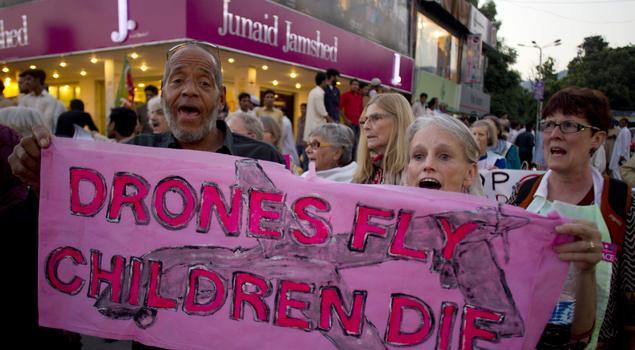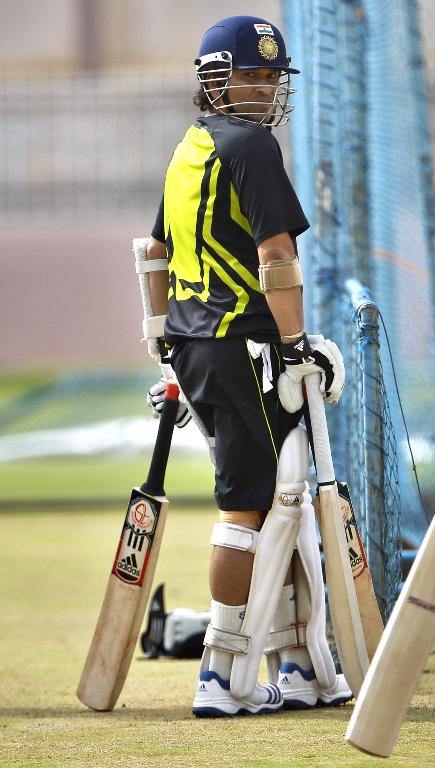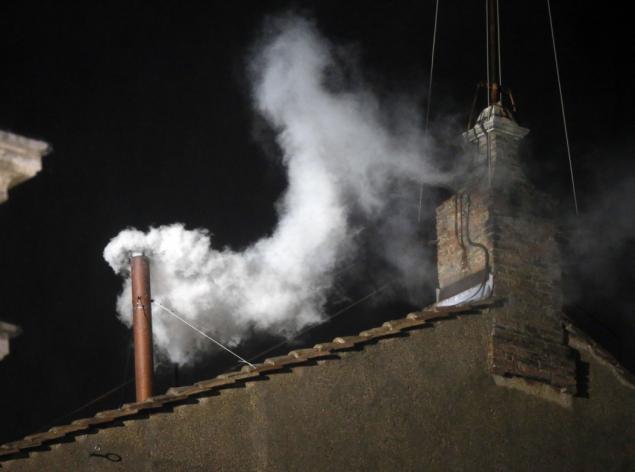November 13, 2012
James Bridle has created a micro-blog called Dronestragram that takes Google images to expose places hit by drone attacks, making them more visible and more real. The US has continuously defended the use of drones, which have killed up to 3,378 people in the last eight years.

November 13, 2012
James Bridle has created a micro-blog called Dronestragram that takes Google images to expose places hit by drone attacks, making them more visible and more real. The US has continuously defended the use of drones, which have killed up to 3,378 people in the last eight years.

The military is normally only too pleased to herald its successes, and to praise the courage of the men and women who put their lives on the line for their country. Perhaps it is the link (or lack of it) between these two that encourages them to talk-up certain missions, and come over all sheepish when it comes to drones.
Piloted by remote control from thousands of miles away, Unmanned Aerial Vehicles (UAVs) have been the one unqualified military triumph of the war in Afghanistan. That is, if "success" comes in an equation where lots of people get killed, at next to no risk, at an affordable price.
According to the Bureau of Investigative Journalism, which compiles figures on drone strikes, the US has killed up to 3,378 people in 350 drone strikes in the past eight years. And that's just in Pakistan. The US also orchestrates drone strikes in Yemen and Somalia from a base in the tiny African state of Djibouti (which nobody is supposed to know about). But does the White House want to talk about this? Not unless it really has to. And not even then.
In April, President Obama's counter-terrorism advisor, John Brennan, gave a speech in which he defended the use of drones and said great care was taken to ensure attacks were legal and ethical. "We are at war," he said. "We are at war against a terrorist organization called al-Qaida."
Who gets on the drone kill list, and how, and why attacks happen when they do and where they do, and who takes responsibility for them – well, that's for another day.
Information about UAVs is being dragged out of Washington little by little, which is where James Bridle comes in. Using what little information there is, Bridle, creator of the New Aesthetic micro-blog, has set up Dronestagram. By marrying images from Google and target details from the BIJ, he has started to show the places that have been hit in UAV attacks. Bridle says he wants to make them "a little bit more visible, a little closer. A little more real".
On his blog, booktwo.org, Bridle argues that "drone strikes are the consequence of invisible, distancing technologies, and a technologically disengaged media and society… the technology that was supposed to bring us closer together is also used to obscure and obfuscate." The images on Dronestagram may be just "foreign landscapes", but he hopes their immediacy and intimacy will add to the growing demand for transparency. Earlier this year, Apple rejected an App that did much the same thing, apparently on the grounds that many people would find the content objectionable. Not, presumably, the relatives and friends of the civilians who are often inevitably killed in drone strikes, however carefully targeted the attacks, and precise the missiles.
Courtesy: guardian















































































































